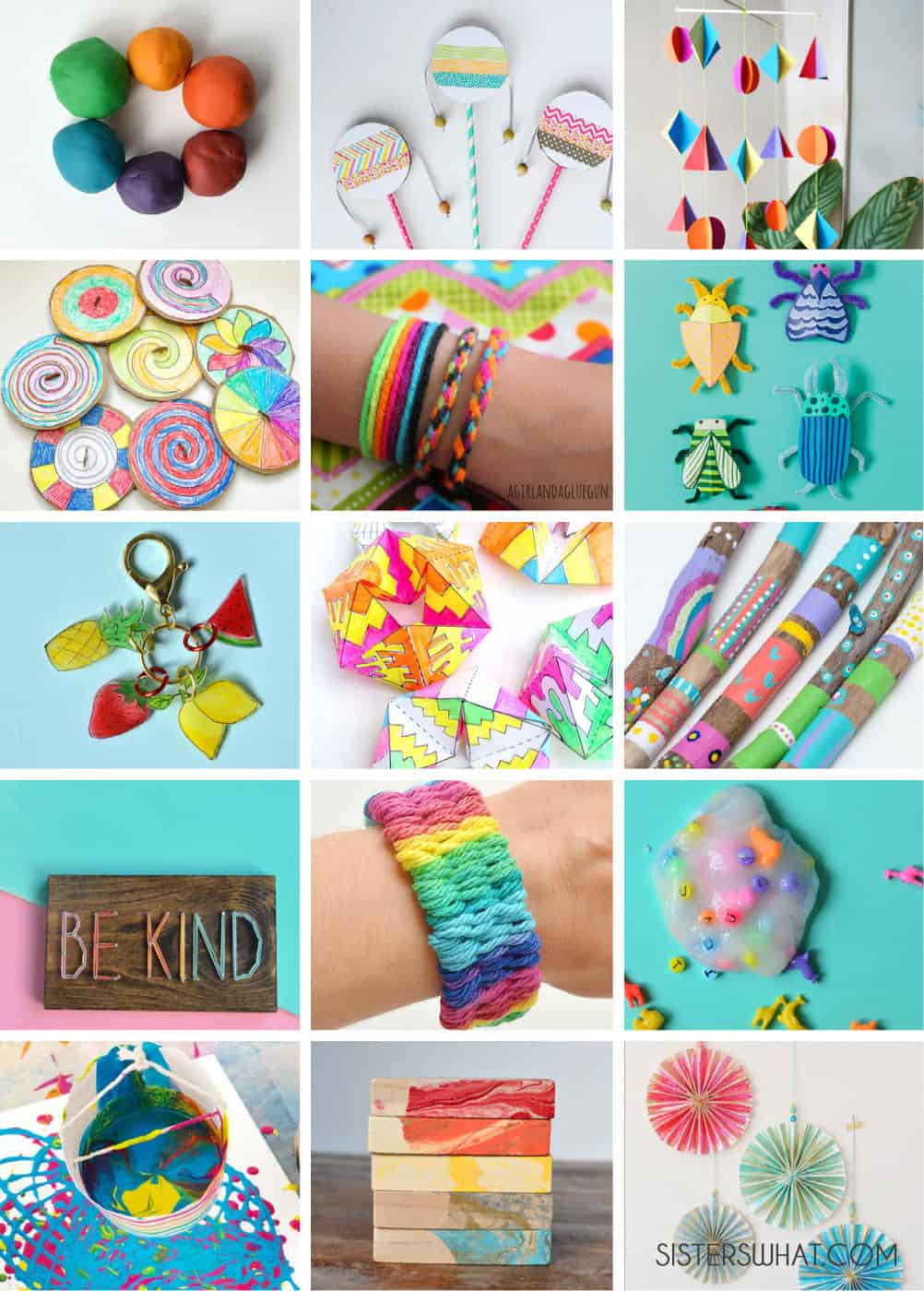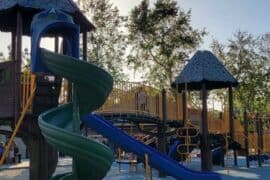Ultimate Guide to Arts and Crafts Activities for Families
Hello, crafty families! Are you looking to dive into a world of color, imagination, and hands-on fun with your kiddos? Look no further! Welcome to our ultimate guide to arts and crafts activities, where the magic of creativity brings smiles and learning together. In this joyful guide, we’ll explore why crafting is more than just fun – it’s a vibrant path to developmental growth and family bonding.
Why Arts and Crafts Matter
Before we dust off the glitter jars and break out the watercolors, let’s chat about why arts and crafts are so important. Crafting can help your children develop fine motor skills while expressing themselves in unique ways. It’s about learning to make decisions, solve problems, and even follow instructions. Plus, it fosters a sense of accomplishment and self-esteem that emerges from creating something from scratch.
Choosing the Right Crafts for Your Child
Every child is an artist in their own right. Whether they’re a toddler or a tween, there’s an arts and crafts activity out there that’s perfect for their age and skill level. In this guide, we’ll go over age-appropriate crafts that will challenge and excite your kids without causing frustration. Trust us, finding that sweet spot is key for a successful crafting session!
Arts and Crafts for Toddlers
Toddlers love getting their hands messy, and why shouldn’t they? This is how they learn and explore the world. For your littlest creators, think large, non-toxic, and washable materials. Finger painting, playdough sculpting, and simple stringing activities are fantastic ways to get those tiny hands moving. We’ll guide you through setting up a toddler-friendly crafting space that’s as worry-free as it is fun!
Arts and Crafts for School-Aged Children
As kids grow, their ability to handle more complex tasks grows as well. School-aged children can manage more detailed projects like beadwork, paper mâché, or even basic sewing. These activities not only tap into their blossoming creative skills but also help build patience and concentration. We’ll take a look at some awesome project ideas that will keep your budding artist engaged and proud of their artwork.
Setting Up Your Crafting Space
A well-organized crafting area can make all the difference. You’ll want a space that inspires creativity but also contains the inevitable mess. We have smart tips on organizing your supplies, setting ground rules to prevent chaos, and even how to make clean-up time part of the fun!
From the simplest crayon drawings to elaborate constructions of recycled materials, arts and crafts time is a treasure trove of developmental benefits. So, let’s roll up those sleeves, prepare to get a little sticky, and get ready to shape some cherished childhood memories alongside beautiful masterpieces. What say you, dear parents? Shall we begin this colorful adventure? Stay tuned as we delve into these arts and crafts projects that promise learning, laughter, and lots of love.
Remember, the key to a successful craft is not the outcome, but the process. It’s all about the experience, the learning, and the joy it brings to your child’s heart (and yours!). So, let’s open the door to imagination, creativity, and endless possibilities with arts and crafts!

5 Things Parents Should Know in Preparing for Arts and Crafts Activities
1. Embrace the Mess
The first rule of crafting with kids is to expect a mess – and that’s okay! Artistic creation is inherently a bit chaotic, but that’s where the fun is. Prepare your space with washable surfaces, keep paper towels or wipes handy, and dress everyone in clothes that you won’t mind getting dirty. Remember, the mess can be cleaned, but the memories will last forever.
2. Keep Supplies Simple and Accessible
Starting with too many options can be overwhelming for little artists. Begin with basic supplies like crayons, glue sticks, and construction paper. Organize them clearly in bins or shelves that your children can reach without help. This accessibility empowers them to make choices and start their creations independently while keeping your crafting area tidy.
3. Safety Comes First
As a parent, the most critical aspect of any activity is ensuring your child’s safety. Always supervise craft time and provide age-appropriate materials. Scissors should have rounded tips for younger children, and beads or any small parts should be avoided with toddlers who might put them in their mouths. Non-toxic, child-friendly products are your best friend in the crafting world.
4. Process Over Product
Focus less on a perfect end result and more on the creative process. Celebrate their effort, imagination, and practice rather than only the completed craft. Ask open-ended questions about their work to encourage them to think about their art beyond just the visual appearance. This emphasizes the value of creating art over the necessity for a ‘finished’ product.
5. Incorporate Learning Naturally
Arts and crafts can be a subtle yet effective educational tool. Use crafting time to count, identify colors, explore textures, and practice following directions. Encourage storytelling with their art. Link the project to what they’re learning in school or their personal interests to create an integrated experience that promotes development and learning through play.
Guiding your little one through arts and crafts is as much a journey for you as it is for them – it’s a chance to connect, teach, and grow together. With these foundational tips, you’re now equipped to set the stage for many enjoyable crafting sessions. Let creativity flow and watch as your children craft their way to joy and learning.
Crafting Ideas to Get You Started
Colorful Pasta Necklaces
Pasta isn’t just for eating! Dye some pasta shapes and let your children thread them into necklaces or bracelets. This is an excellent activity for improving fine motor skills, pattern recognition, and just having fun mixing and matching colors.
Homemade Playdough
Mix up a batch of easy, non-toxic playdough at home and let kids squish, shape, and sculpt to their hearts’ content. Add in cookie cutters, rolling pins, and other tools for a complete sensory experience. This tactile play fosters their creativity and can keep them engaged for hours.
Nature Collages
Take a walk outside and collect leaves, twigs, and flowers. Then, come home and create a collage on paper or cardboard. Not only does this encourage an appreciation for nature, but it also allows children to explore textures and composition in a natural, open-ended way.
As you journey with your children through these arts and crafts activities, watch as their skills grow and their imaginations soar. Keep exploring and creating together, knowing that each piece of art is a milestone in your child’s unique creative journey. Get ready to cut, glue, paint, and laugh – because crafting time is just around the corner!
See more great Things to Do with Kids in New Zealand here. For more information see here
Disclaimer
The articles available via our website provide general information only and we strongly urge readers to exercise caution and conduct their own thorough research and fact-checking. The information presented should not be taken as absolute truth, and, to the maximum extent permitted by law, we will not be held liable for any inaccuracies or errors in the content. It is essential for individuals to independently verify and validate the information before making any decisions or taking any actions based on the articles.




